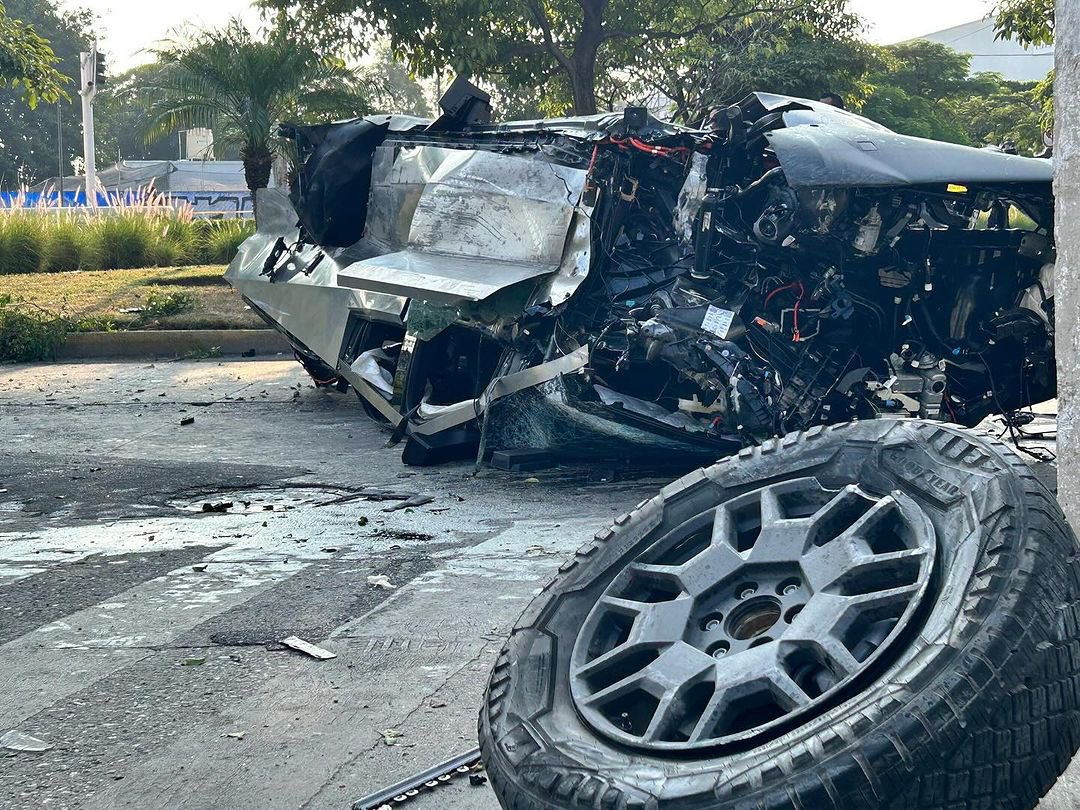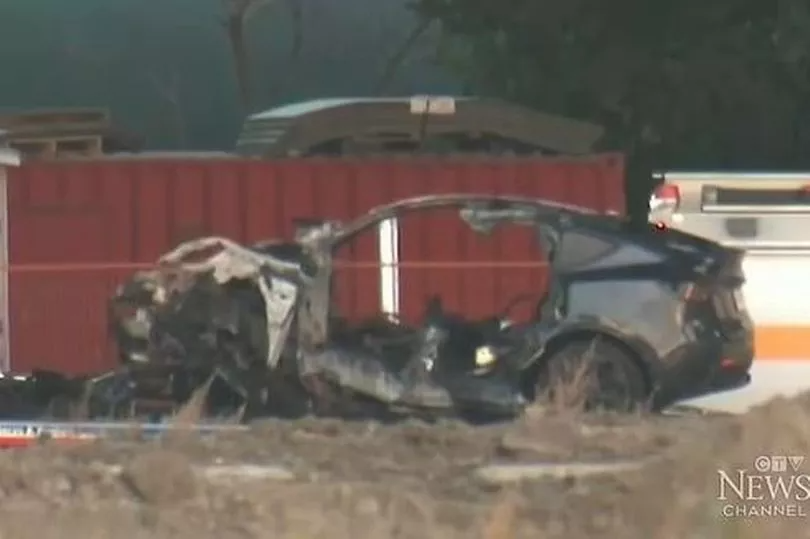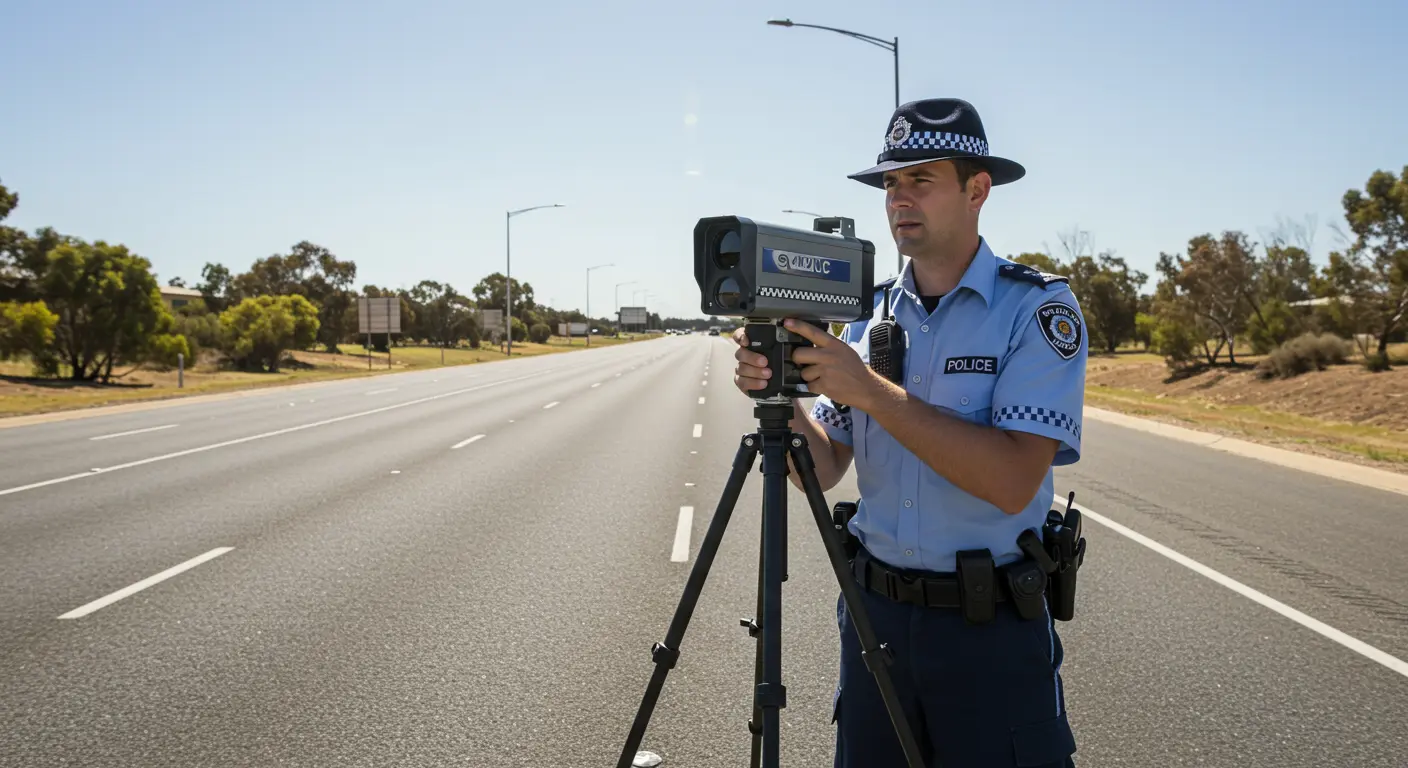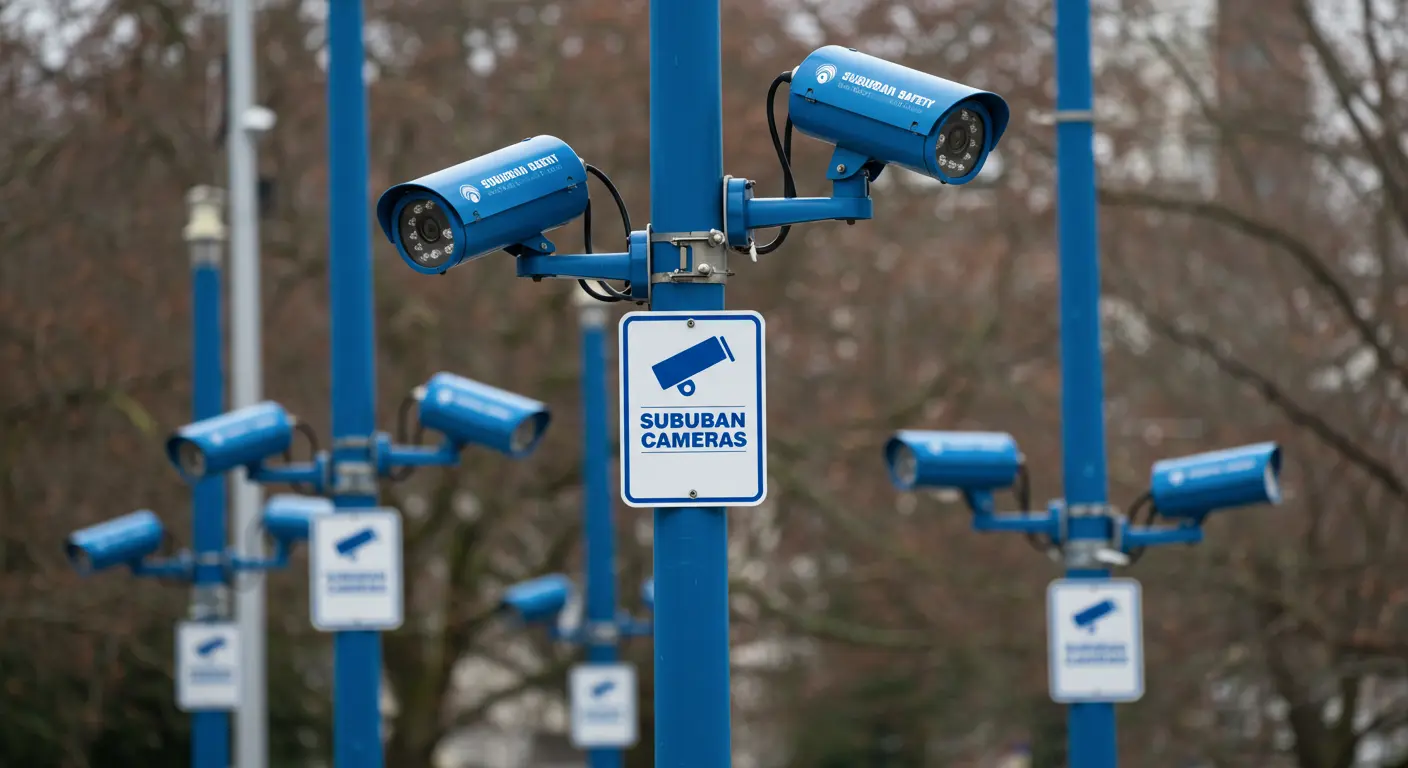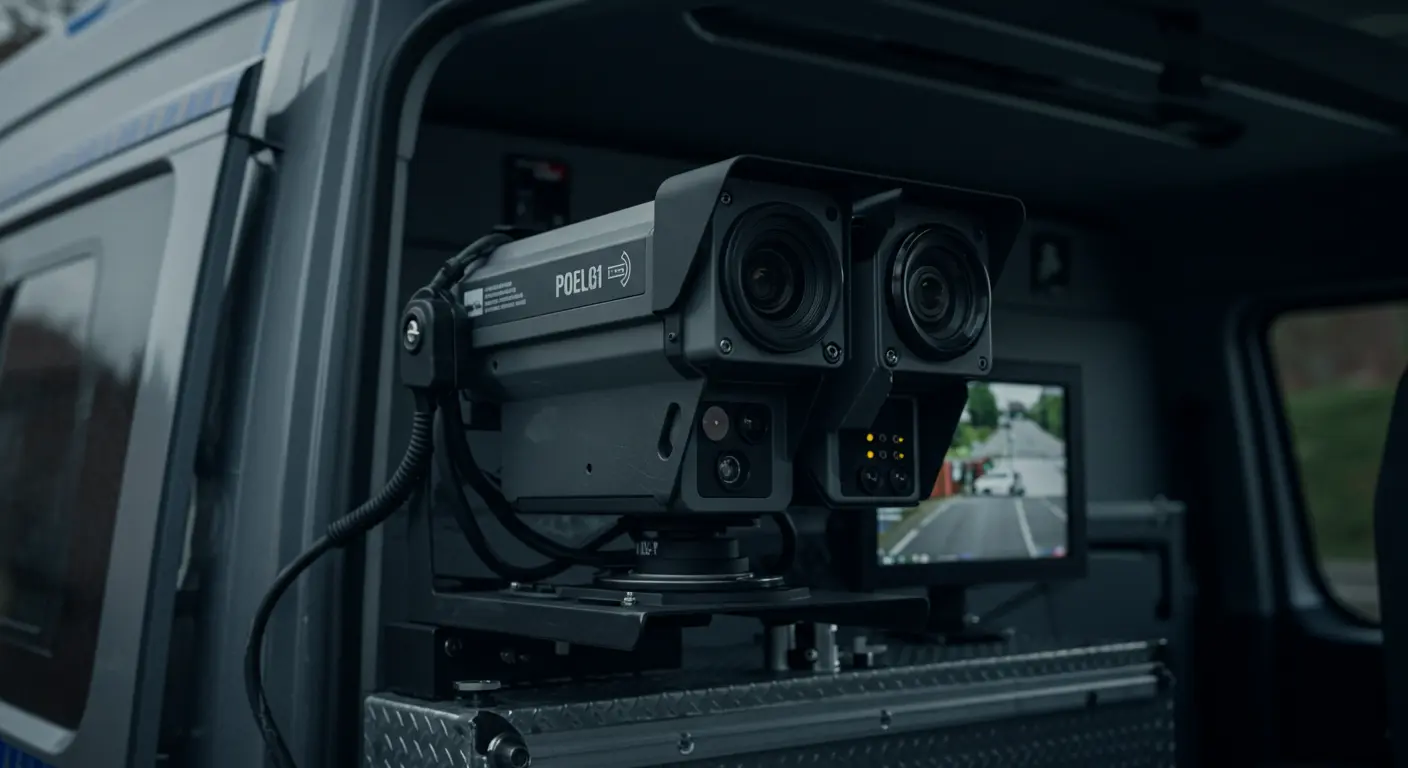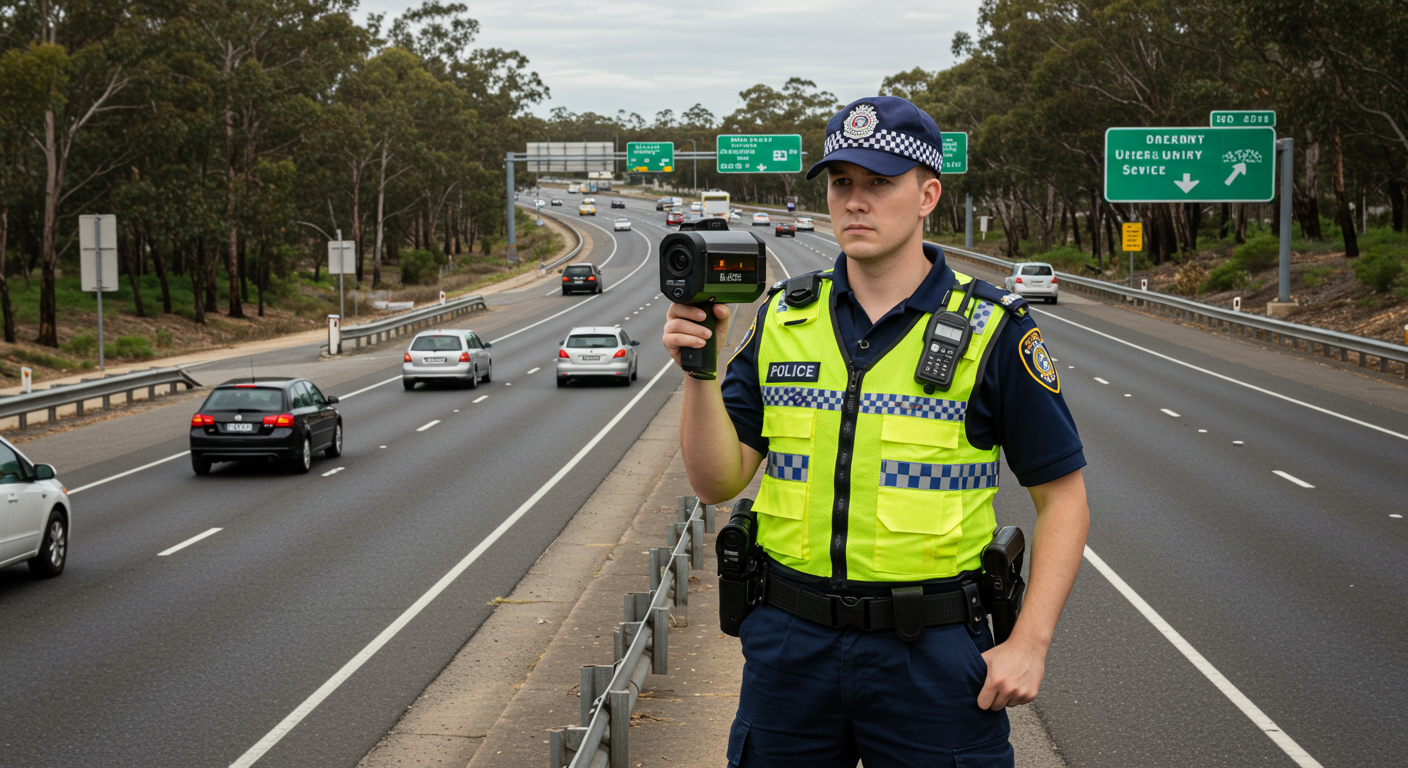The tragic deaths of four occupants in a Tesla Model Y following a fiery crash in Toronto, Canada, have reignited concerns about the reliance on electronic door releases in some electric vehicles.
This incident has highlighted the potential dangers of advanced technology when critical safety features aren’t properly communicated or easily accessible.
The crash occurred on Lake Shore Boulevard, where the Model Y reportedly hit a metal barrier and concrete pillar at an undisclosed speed, bursting into flames.
A heroic bystander managed to rescue one survivor by smashing the rear window, but the remaining four occupants tragically lost their lives.
How Tesla’s Door Mechanism Works
The Tesla Model Y’s electronic door releases are powered by a 12V low-voltage battery.
When this battery is disconnected – as can happen in severe crashes or vehicle fires – the electronic mechanism becomes inactive.
Tesla vehicles do feature a manual emergency bypass handle: in the front seats, it’s integrated into the armrest, while in the rear, it’s hidden under a rubber mat in the door bin.
However, in this particular case, thick smoke reportedly filled the cabin, making it difficult for the occupants to locate these manual releases in time.
Awareness and Responsibility
The rescuing bystander and crash experts have pointed to a lack of owner awareness regarding the emergency door release mechanisms.
As Calgary Fire Department Captain Randy Schmitz explained, “Part of the problem is salespeople don’t inform vehicle owners of this feature.”
It falls to owners to thoroughly review their vehicle manuals to understand safety features, though this crucial information can often be overlooked.
Not Just a Tesla Issue
Tesla isn’t alone in facing challenges with electronic door releases.
Cadillac and Chevrolet have encountered similar problems.
A 2018 Cadillac XLR incident left a driver trapped inside the vehicle for 14 hours, while a Chevrolet Corvette owner and his dog tragically perished after being locked in the car on a hot day.
Lessons Moving Forward
This heartbreaking incident underscores the need for automakers to prioritize user education on emergency features.
Electric vehicles like Tesla Model Y push the boundaries of innovation, but ensuring that safety features are intuitive and accessible in emergencies should remain a top priority.
It’s a stark reminder that as automotive technology advances, so too must our understanding of how to interact with these vehicles safely.
See Also:
